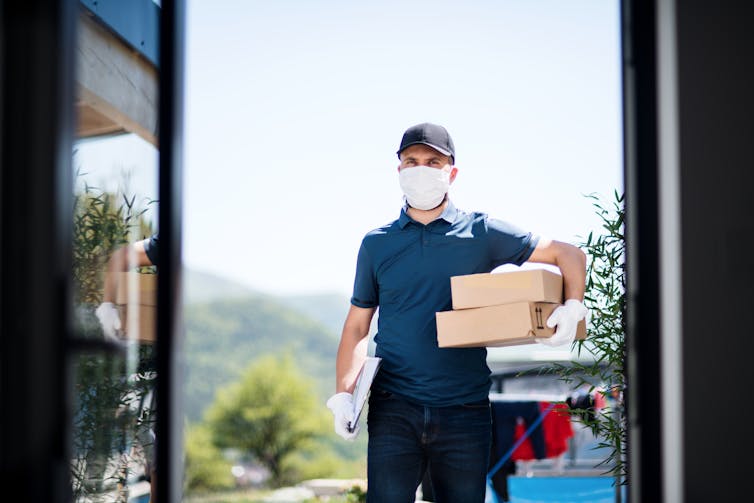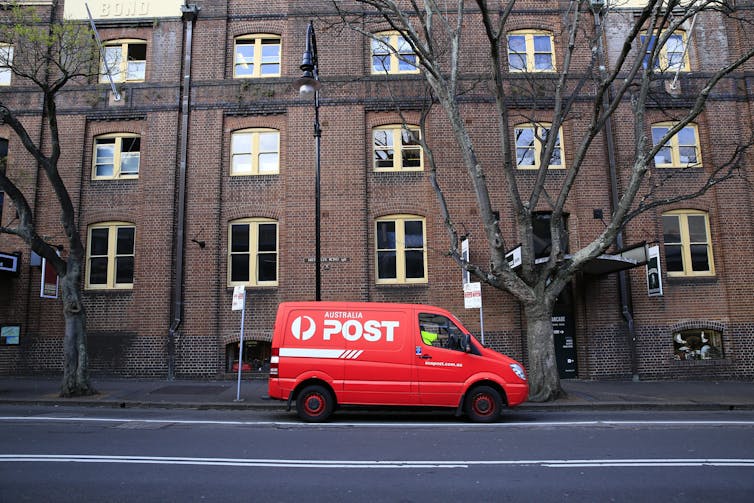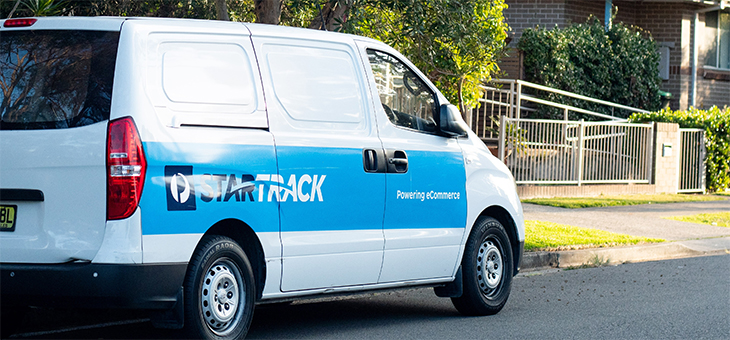Flavio Macau, Edith Cowan University
Does it feel lately like your parcels are taking forever to arrive? You might have seen online retailers warning customers to expect delays, thanks to COVID-related pressures on the postal system and other delivery services.
We are 18 months into the pandemic and, far from being solved, the cracks in the global logistics system are multiplying. E-commerce is booming but despite rerouting deliveries and staff working extra shifts, delays are becoming the norm.
So what’s happening, and will all your purchases make it in time for Christmas?
Manufacturing troubles
A lot of what we buy these days is made overseas. Many products get to us after a long international journey, which has been made even more complicated by COVID-19.
The first crack in the system is at the manufacturing level.
Manufacturers can’t always guarantee volumes at the moment. Some are out of parts, with critical suppliers pausing operations due to lockdowns. Some are out of power, with many factories in China having to stop production for hours each week due to power shortages. Some are out of cash, with many commodities doubling their prices in just one year.
Transportation woes
Transportation is not a given.
Shipping containers sit for two weeks or more waiting for a berth and the cost of transporting it is four times as much as in 2020.
While international commerce rebounded quickly after the initial shocks caused by COVID-19, repositioning containers and ships take time. Also, there just aren’t enough of either.
With crews unable to go onshore in several countries, there are fewer hands on the deck.
A blockage in the Suez Canal, a port terminal pausing operations due to a COVID-19 case, a typhoon looming en route – it seems there is always one more obstacle to add to the list of transportation woes.
Storage is struggling
Storage services have also been profoundly affected by COVID-19.
Retailers have to adapt from working with large stores in bricks-and-mortar retail stores to sending parcels to individual consumers from the online channel.
It is a new mindset. The equipment is different, the flow is affected, processes must be redesigned, and complexity increases.
Additional obligations apply to warehousing and distribution centres.
If COVID-19 finds its way into a retailer’s facilities, doors must be closed for hours for deep cleaning. Sick employees and close contacts go into quarantine, removing entire shifts from the operation. Mandatory vaccination rules are updated constantly.
The last mile is suffering
Delivery services represent the crucial ‘last mile’ to get the product to the buyer.
But since the pandemic struck, truck drivers have been scarce and must contend with new delivery protocols, COVID-19 tests every few days, movement restrictions, long hours and soaring fuel prices.
So if your package is late or you can’t find a product, don’t just blame Australia Post or your favourite retailer. The delay may be caused by problems much further up the supply chain.
Supply chains are used to find solutions to problems. What’s new is these problems are now happening everywhere, at the same time, and staying for longer than expected.

Shutterstock
What does it mean for me? And for Christmas?
If you live in Australia, know that you are not a priority: international shipping to Australia was reduced in the past few months. That said, there should be no shortage of essential items. If you can’t instantly find exactly what you want, be patient or experiment with a different brand.
As for Christmas, don’t expect to buy online in early December and have your parcel delivered by the 25th. There is only so much Australia Post or any other delivery company can do.

Shutterstock
Don’t expect all your favourite groceries to be fully stocked on Christmas Eve. Be ready to replace your glazed Christmas ham with crayfish if you visit the supermarket too late, as abattoirs are again hit by restrictions.
Don’t expect to pay the same as last year. Higher lead times, inventory and fuel prices are driving up supply chain costs. UK supermarket prices are set to rise 5 per cent, and Australia shouldn’t be much different.
Relief will come to global logistics after Christmas but things should be back on track only by 2024. It will take a while to get most of the world vaccinated, go around energy shortages, rebalance international routes and adapt to the explosion of e-commerce.
The new normal is on its way. Just don’t expect it for Christmas.![]()
Flavio Macau, Associate Dean Teaching & Learning, Edith Cowan University
This article is republished from The Conversation under a Creative Commons licence. Read the original article.
What is the longest you have been waiting for a package during this supply crisis? Why not share your thoughts in the comments section below?
If you enjoy our content, don’t keep it to yourself. Share our free eNews with your friends and encourage them to sign up.

